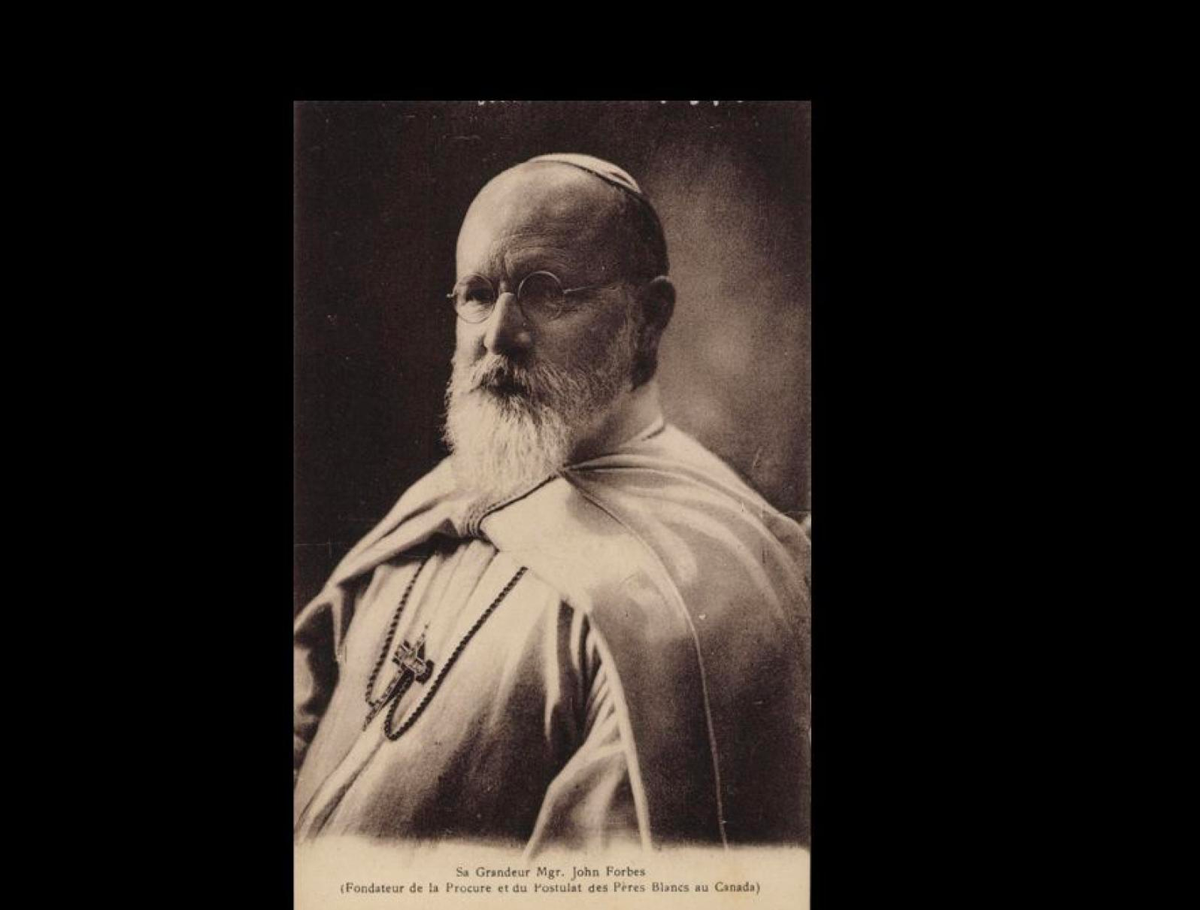
As Lubaga Cathedral celebrates a century of existence, attention shifts to Bishop John Forbes, a largely unsung Canadian missionary whose unwavering commitment and fundraising prowess were instrumental in making the cathedral a reality.
Bishop Forbes, the first Canadian member of the White Fathers missionary society, played a pivotal role in transforming the vision of Lubaga Cathedral into a tangible landmark. Historical accounts reveal that he invested his life, energy, and spiritual dedication into bringing the stalled project to completion during a time of scarce resources.
According to biographer Raynald Pelletier, writing in 2001, one of Forbes’ earliest priorities upon arriving in Uganda was to initiate construction of the cathedral at Lubaga. This focus is evident in a letter he wrote to his brother, Bishop Henri Streicher, the then Vicar Apostolic of Uganda: “We are still using the old church in which many of the pillars would not be out of place in Pisa, while the thatched roof is falling to bits. I am anxious that the work should begin as soon as possible…This is the Mother-Church of all the churches of Uganda. We need very quickly a house more worthy of Our Lord.”
John Forbes first visited Uganda in 1911, returning in 1915 to begin full-time mission work. Before that, he had served as a missionary instructor at the Seminary of St. Anne in Jerusalem. His priestly formation began under the Assistant Novice Master at Maison-Carrée, where he also studied Kiswahili.
As a founding member of the White Fathers’ Canadian mission, Forbes made his way back to Uganda at age 50. He was present when the first symbolic steps toward building a “cathedral worthy of its name” were taken.
On the Feast of Pentecost in 1917, he stood alongside Bishop Streicher as they laid the cathedral’s foundation stone. That same year, only two years after his arrival in Uganda, Forbes was appointed Coadjutor Vicar Apostolic, placing him next in line to succeed Streicher, though he ultimately did not assume the role due to health complications.
While teaching a mathematics class at St. Mary’s College on 21 November 1917, Forbes received a telegram from the Holy See confirming his appointment as Coadjutor Bishop to Streicher.
In 1922, Bishop Streicher granted Forbes permission to travel abroad to raise funds for the cathedral. Before departing, Forbes sought a blessing from Pope Pius XI, who also made the first monetary contribution toward the project. This was documented by Fr. Yves Tourigny in St. Mary’s Cathedral Lubaga: The Cathedral in Detail.
Forbes assured Bishop Streicher that he would not return to Uganda until he had secured at least $100,000, and he remained true to that commitment. He spent the next two years tirelessly traveling across Canada, the United States, and Europe, securing financial support.
During these travels, he also obtained bursaries for students at Katigondo seminary and met Blessed Maria Theresa Ledochowska in Rome. She contributed to the cathedral’s construction and awarded several bursaries, one of which supported Joseph Kiwanuka who would later become the first African bishop south of the Sahara.
In addition to fundraising, Forbes sought a congregation of Brothers to teach at St. Mary’s College, which was then based at Lubaga. After approaching over ten religious orders, the Brothers of Christian Instruction agreed and arrived in 1926, later establishing the college at Kisubi.
Two years into his fundraising mission, Forbes wrote to Bishop Streicher with good news: “I am very happy to tell you that I have reached my goal. I have now raised $113,000. I went to Lisieux to thank Blessed Thérèse of the Child Jesus for her assistance, and we owe our deepest gratitude to Our Lady. Moreover, a generous French lady has given me 16,000 francs for the purchase of a pipe organ, which will serve the cathedral well.”
Fr. Richard Nyombi, a historian and priest at Mapeera Nabulagala Parish, told reporters that records show Forbes raised the majority of the funds used to build Lubaga Cathedral.
“However, the two years of relentless work took a toll on his health. By the time he returned to Uganda in 1924, he was diagnosed with serious heart disease. He was not present when the new cathedral was consecrated in 1925. He had returned to Europe thus missing the completion of the cathedral he had dedicated his life to building,” said Fr Nyombi.
Forbes passed away in France on 13 March 1926.
Yet his legacy lives on within Lubaga Cathedral. Several elements serve as lasting tributes to his dedication. One of these is the Altar of St. Thérèse of the Child Jesus, which was donated by former students of St. Mary’s College to honor their former headmaster. Forbes had a profound devotion to the Little Flower, and a commemorative metal plate on the altar bears his name.
He was also responsible for acquiring the molded metal sheets that form the cathedral’s ceiling, transporting them from London. Together with his brother William, also a bishop, he financed one of the cathedral’s four bells, named John-William. The bell was intended to “praise truth, call the faithful together, and toll in mourning.” While in Europe, he commissioned the Stations of the Cross from the Rouillard Brothers and Sisters of Angers, funded by Fr. Modeste Raux, then the parish priest of Lubaga.
Biography of Bishop John Forbes
John Forbes was born on 10 January 1864 on Perrot Island in Quebec. The eldest of sixteen siblings, he and his brother Guillaume (known as Willie) both became bishops. While John served in Uganda, Willie held episcopal roles in Joliette and later in Ottawa.
He studied classics at the College of Montreal from 1876 to 1884 and attended the Montreal Senior Seminary until 1886. That year, he entered the novitiate of the Missionaries of Africa at Maison-Carrée in Algiers, then continued his theological formation at the scholasticate in Carthage, Tunisia.
On 25 September 1888, he took his missionary oath and was ordained a priest on 6 October the same year. Between 1888 and 1893, he taught in Jerusalem and directed the Propagation of the Faith. He then served as Assistant to the Novice Master at Maison-Carrée until 1900.
On 2 July 1900, Forbes returned to Canada, where he established a White Fathers' house and opened a postulate in Quebec on 28 August, serving as its Superior.
He was appointed to Uganda in 1914 and, a year later, became Superior of St. Mary’s School at Lubaga. On 21 November 1917, he was named Coadjutor Bishop of Uganda and was ordained on 19 May 1918 at Lubaga.
Bishop Forbes is remembered not only for his missionary work but also for his affection for Uganda, which he once described as “the most beautiful country in the world.” His enduring contributions are deeply embedded in the very foundation of Lubaga Cathedral.

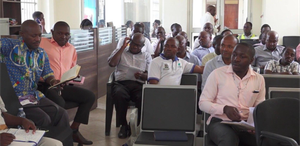
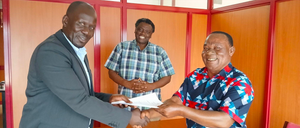
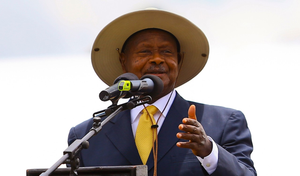



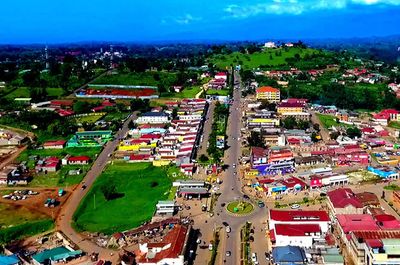



Marlene Luwedde
Leave a Comment
Your email address will not be published.